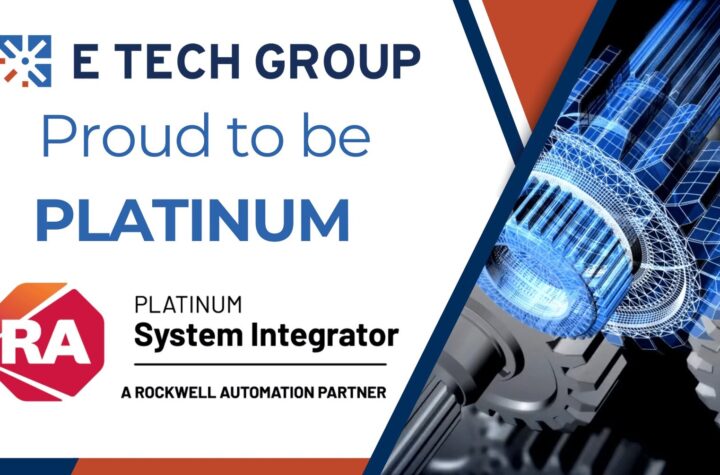
ETV Motors, an Israel-based technology start-up focused on developing battery technology for electric vehicles, has demonstrated the ability of its high-voltage High5ive battery technology to propel a radio-controlled airplane. The High5ive battery is based on a proprietary formulation, using a lithium manganese nickel oxide spinel (LMNS) cathode developed in collaboration with the electrochemistry team at Bar Ilan University.
The battery pack that powered ETVM’s RC airplane is based on the 4.7-volt Lithium-ion spinel technology that the company’s researchers have been developing since early 2008. ETVM expects to release its first prototype cells based on this advanced formulation during 2011.
“The significance of ETVM’s achievement is that a high voltage lithium-ion battery pack produced in our labs proved it can deliver substantially longer flight duration than a conventional battery pack of similar size and weight. Radio-controlled aircraft are not cars or trucks. But as highly constrained devices that have to perform important, sometimes mission-critical, tasks they need to remain air-borne for the longest possible time. In this sense, they resemble automobiles. To meet the needs of demanding fleet owners and individual drivers, electric vehicles need to get the greatest amount of energy and power from the smallest, lightest battery pack. We feel strongly that our efforts in the aviation field are an important indicator of the relative advantages of our High5ive battery cell technology,” says ETV Motors chief executive Dror Ben David
ETVM’s High5ive 4.7V battery cells are designed to be more compact than, and have twice the driving range of, the best available competing cells. ETVM says that batteries built on the basis of High5ive cells will be less expensive to produce; will have higher energy density reaching 200-250 Wh/kg and beyond (300-350 Wh/kg at the cell level); and will be safer to use.
High voltage cathodes represent one of the major potential routes to achieve the increased energy density so important to automotive batteries, ETVM and others argue. High voltage not only increases the energy and power densities but also reduces the number of cells per battery pack. Given that EV battery packs are of high voltage (typically 300-600V), series connection of cells to achieve the required voltage is the common practice, ETVM notes. Making use of 4.7 volt cells vs. the state-of-the-art, conventional 3.2 volt or 3.7 volt cells reduces the overall number of cells by 30-45%.
About ETV Motors: Established in 2008, venture capital-backed ETV Motors Ltd. develops advanced battery technology that addresses the global automotive industry’s tightening embrace of electric vehicles (EVs). ETVM’s scientists are focused on bringing to market a compact, energy-dense, power-dense battery. Gram for gram, ETVM’s lithium-based cells deliver 50% more energy than the best competing cells. Batteries built from these cells will be smaller, more affordable, and have potentially twice the driving range of other lithium-ion batteries.
This article originally appeared on the leading cleantech website Green Car Congress on November 12, 2010














More Stories
Celanese Materials Shine in Multiple Category Winners at 2024 SPE Automotive Innovation Awards
New future-ready single-slot PXIe controller for high-performance T&M applications from Pickering Interfaces
US Army Awards ANELLO Photonics Contract Phase II SBIR Topic “xTech Search 7 SBIR Finalist Open Topic Competition”